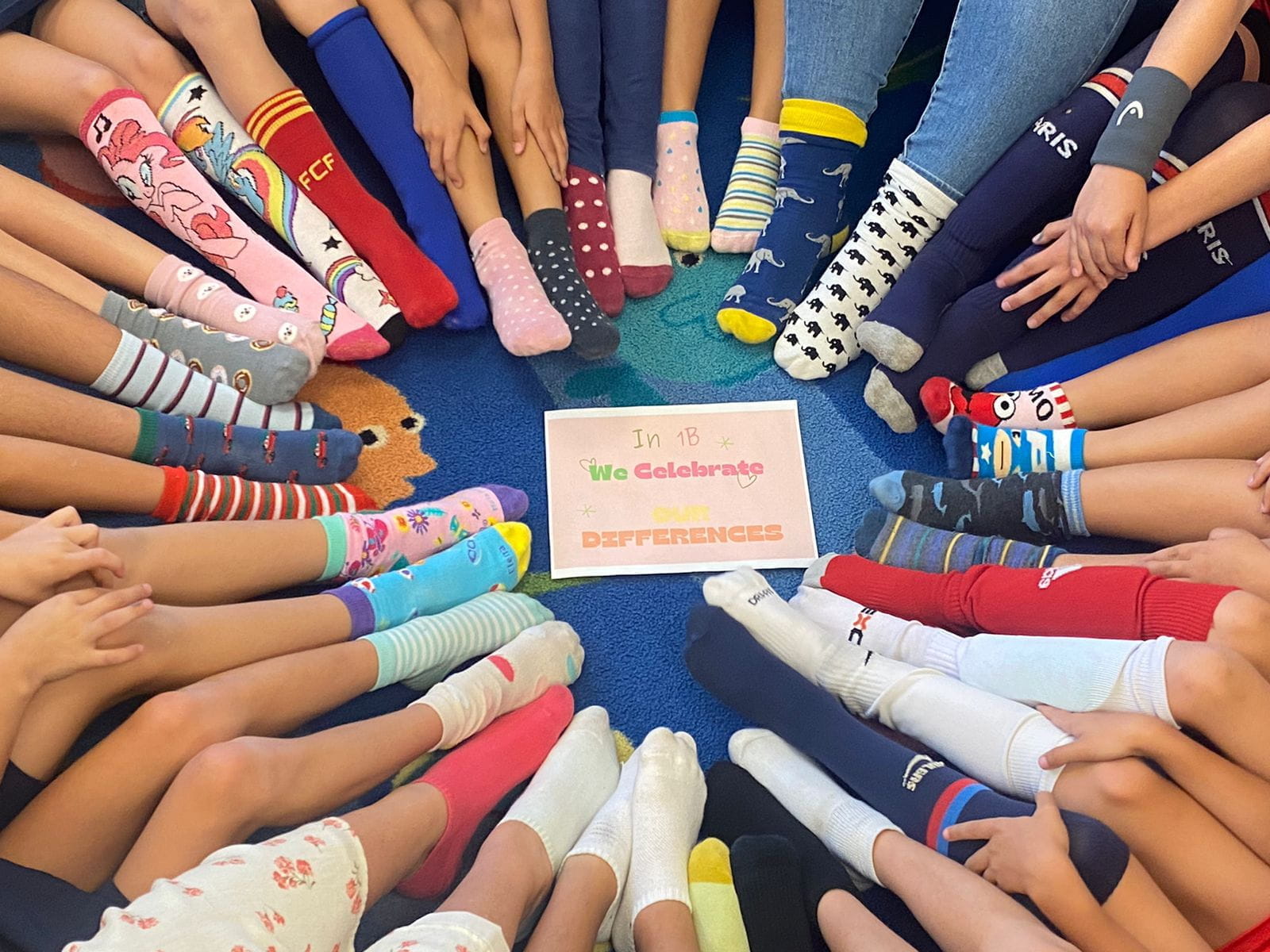We use cookies to improve your online experiences. To learn more and choose your cookies options, please refer to our cookie policy.

What Is Social and Emotional Learning? How SEL programs help kids succeed in school
Social and emotional learning (SEL) is a term for the way children acquire social and emotional skills. It includes things like managing difficult emotions, making responsible decisions, handling stress, setting goals, and building healthy relationships.
Social and emotional learning is often assumed to happen naturally in the course of a child’s development without being taught. But when children don’t master these skills, they often develop behavior problems that, in turn, can interfere with their functioning in school and their ability to learn.
That’s why programs that teach social and emotional skills are now taught in many schools, from pre-kindergarten all the way through high school.
“When kids don’t know math, we teach them math — we don’t punish them for not knowing how to do math,” explains LaKisha Hoffman, MSW, a social worker and a Senior Director of School and Community Programs at the Child Mind Institute. “But when kids don’t know how to regulate themselves, we punish them for misbehavior.”
Instead, she says, we want to teach kids the skills they’re missing — to fill those gaps so they’ll be able to manage their emotions, get along with other kids, and succeed in school.
“These are not things that humans naturally just know,” adds Caroline Mendel, PsyD, a clinical psychologist and Senior Director of Clinical Services, School, and Community Programs at the Child Mind Institute. “They do need some explicit instruction and then ongoing reinforcement.”
What are the basic social-emotional skills?
One widely used framework for SEL is the CASEL framework, named for an organization that introduced the term SEL over two decades ago. (CASEL stands for the Collaborative for Academic, Social, and Emotional Learning.)
According to the CASEL framework, there are five interrelated areas of competence that makeup SEL:
Why is SEL beneficial for children?
It’s been shown that SEL can help children feel more confident and happy in the classroom and in life in general. Research shows that SEL consistently has positive effects on students’ success — from their academic performance and behavior to their ability to manage stress.
Other research has shown that these long-term benefits are consistent across demographic groups — meaning that SEL instruction can support the positive development of children from diverse backgrounds and geographies.
There is also evidence that SEL supports educational equity and classroom inclusivity. “When I talk to parents and school leaders,” Hoffman adds, “it’s clear that another benefit they see from students engaging in SEL is a sense of belonging.”
How can parents support their child with SEL at home?
Parents are their child’s first teachers, and how they model and reinforce SEL competencies at home is essential to kids’ social-emotional development. And if they work in partnership, families, and schools can learn from each other about what works best for each individual child.
“I think the partnership between parents and schools is really important,” Hoffman says. “There are skills that students are learning in school that they can apply at home, and there are things at home that are working really well for parents — that they may not even define as an SEL skill — that they can communicate with teachers.”
For example, a parent could share with the teacher that taking a moment to meditate or focus on deep breaths helps their child handle emotions at home and see if there’s a way to integrate that practice into the classroom when needed.
“We have to really value the expertise of the home, as well as the school,” concludes Hoffman.
For resources on supporting social-emotional development at home, the site Confident Parents Confident Kids has a lot of helpful books, games, and more.
Ms. Espeleta
EC-1st grade Counselor
Why is World Down Syndrome Day on March 21?
The first World Down Syndrome Day (WDSD) was held on March 21st, 2006. The day and month of the day were not coincidental but were chosen specifically to correspond to 3 copies of the 21 chromosomes.
On 19 December 2011, the United Nations General Assembly declared 21 March as World Down Syndrome Day.
Lots of Socks
In 2013, the theme of Wearing Odd Socks was initiated to raise awareness. Over time it has also been promoted as Lots of Socks. The idea was created because chromosomes are shaped “like socks” and people with Down syndrome have an extra chromosome.
People all over the world wear colorful, attractive, crazy socks on WDSD to get noticed. Other sock themed activities like puppet making and games are also carried out in schools, playgroups, daycares and workstations.
From the USA to Australia, the unique talents and abilities of people with Down syndrome are celebrated. And the invitation is extended all around the globe to rally behind the lots of socks campaign by wearing socks. To get people talking and asking questions, the organizers of WDSD recommend wearing, “not just any socks, brightly colored socks, mismatched socks, long socks, printed socks, one sock. Maybe even three socks, one for each chromosome.”
Let’s celebrate our differences and uniqueness.
Reference: https://ardownsyndrome.org/